Culture & Travel
28 April 2025Maybe it's because we set off before the break of dawn, but my travel companion has barely uttered a word. After a few hours on the road, we finally reach the Sanctuary of Apollo Smintheus, located within the borders of Çanakkale Province, near Gülpınar Village in the Ayvacık District.
The season is shifting from autumn to winter. As a result, we have the entire ancient site to ourselves. "Perfect timing for some great photos," I think to myself.
Still half-asleep, my companion finally stirs like a goddess waking from slumber and says, "I hope this place is worth it." Then, turning to our guide, she adds, "So tell us, Mr. Oğuz, what’s the story behind this place?"
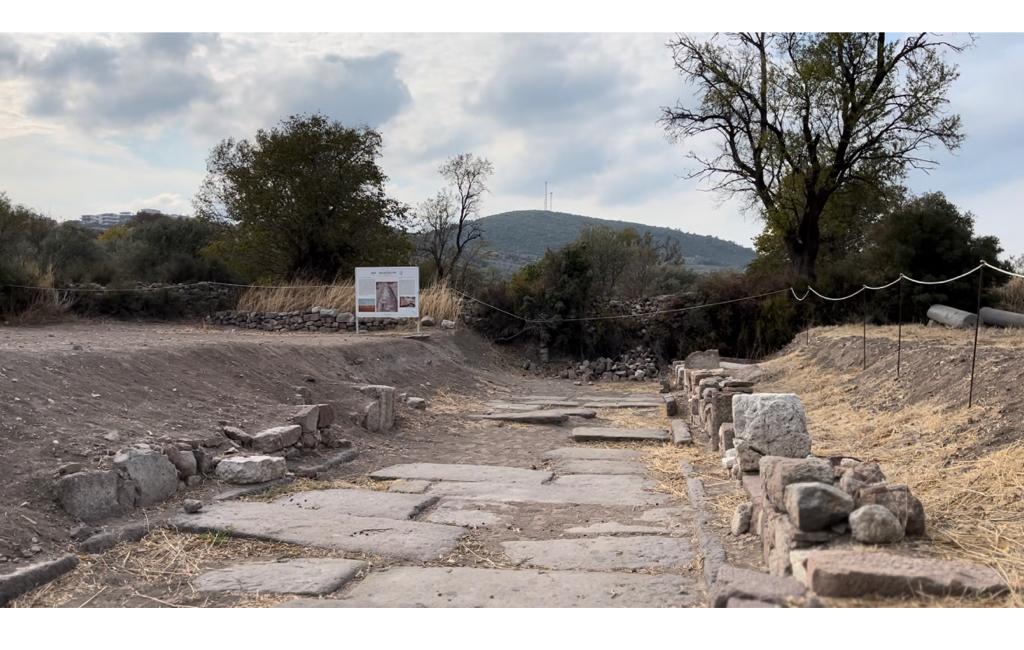
WHY A SANCTUARY, WHY AN ORACLE CENTER?
This site is an oracle center dedicated to Apollo, the son of the chief god Zeus. In ancient times, oracle centers were typically built outside the bustling cities, away from the crowds. For this reason, the Sanctuary of Apollo Smintheus is located about 32 kilometers from the ancient city of Alexandria Troas and roughly 27 kilometers from the ancient city of Assos.
In mythology, Apollo is known as the god of music, the arts, poetry, and fire (the sun). However, one of his most significant roles was that of the god of prophecy. Since prophecy held great importance in ancient times, many sanctuaries and oracle centers were dedicated to Apollo. These sacred sites were often constructed where underground waters and gases seeped to the surface.
The Sanctuary of Apollo Smintheus was established here for precisely this reason — the presence of an underground water source. It was believed that Apollo connected the underworld (the realm of the dead) and the world above (the realm of the living) through this sacred spring.
THE FOUNDATION STORY OF THE SANCTUARY
The historian, geographer, and philosopher Strabo, who lived between 64 BCE and 24 CE and is renowned for documenting the settlements of ancient peoples, attributes the choice of this location to a fascinating prophecy tale. According to Strabo, a group of people from Crete, who would later become part of the Trojan civilization, sought guidance from an oracle before setting out to find a new homeland. The oracle prophesied, "The ideal place for your settlement will be where mortals attack you."
Guided by this prophecy, the Cretans reached the Anatolian shores. On their first night, they were startled by swarms of mice that devoured their food supplies and leather goods. Seeing this as the fulfillment of the oracle's prediction, they decided to settle there.
One of their first acts was to build a sanctuary dedicated to Apollo, honoring the god they believed had guided them to this land.
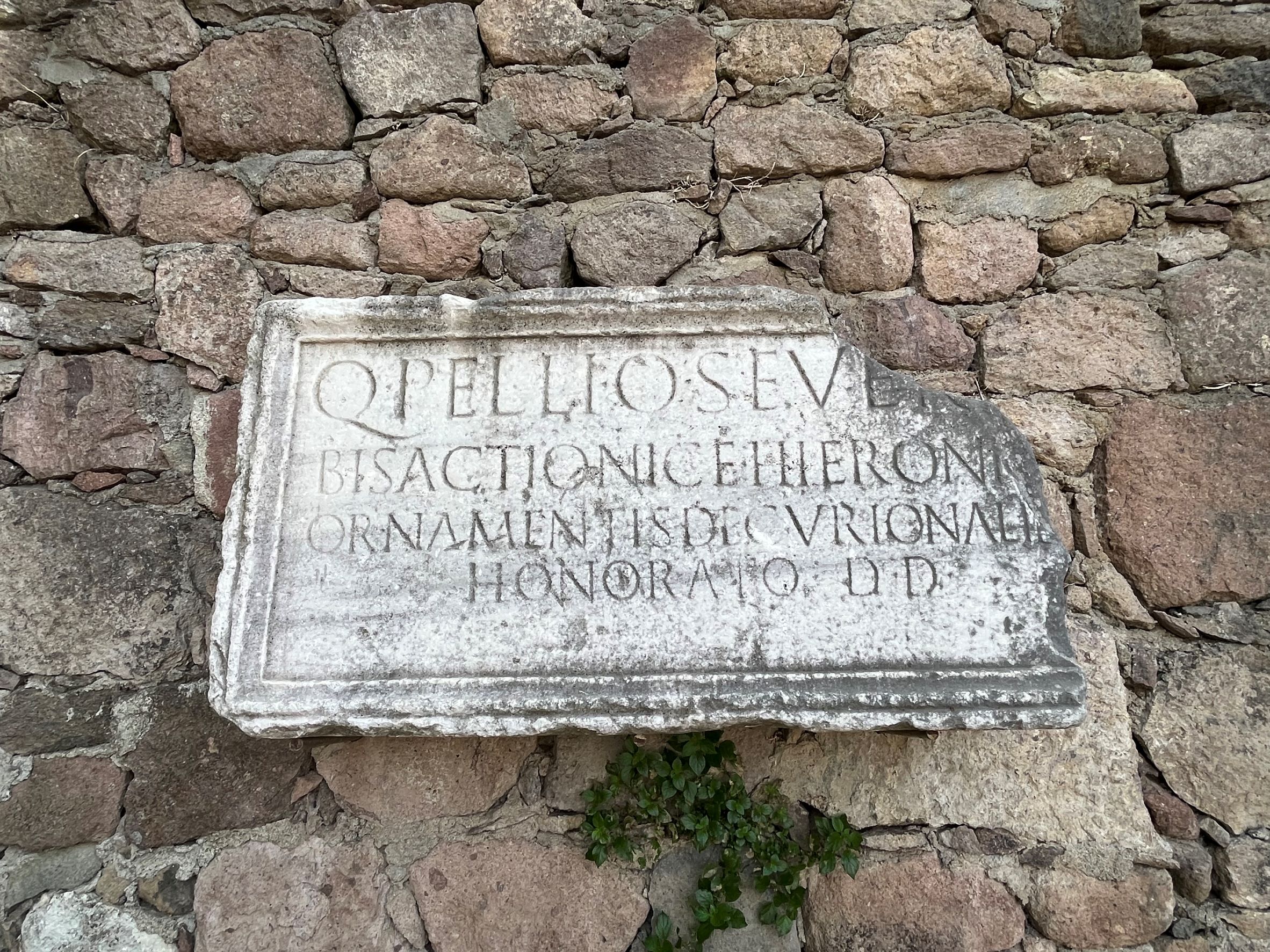
THE CONNECTION BETWEEN THE SANCTUARY, MICE, AND THE TROJAN WAR
The origin of the name Apollo Smintheus is quite intriguing. In Greek, sminthos means "mouse," and Apollo Smintheus translates as "Apollo of the Mice." According to mythology, Apollo would protect farmers by slaying the mice that damaged their crops with his arrows. He would also punish wrongdoers by shooting arrows infected with the plague, spread by the mice. This association also explains why the temple is adorned with reliefs depicting scenes from the Trojan War.
In Homer’s epic, The Iliad, which recounts the story of the Trojan War, it is said that Agamemnon, the leader of the Achaeans attacking Troy, seized Khryseis — the daughter of a priest serving at this sanctuary — as a concubine. Angered by this disrespect, Apollo unleashed a deadly plague upon the Achaean army by firing plague-tainted arrows. Feeling remorseful, Agamemnon eventually sought to make amends. He sailed to the temple with a ship loaded with goats as an offering. The finest parts of the sacrifice were presented to Apollo, while the remaining meat was distributed among the Greek rowers and the local people.
Some believe that this act marked the beginning of the tradition of offering sacrifices.
THE ARCHAEOLOGICAL DISCOVERY OF THE SANCTUARY
Over time, the Sanctuary of Apollo Smintheus was buried beneath the earth. In 1853, Lieutenant Thomas Abel Brimage Spratt of the British Navy, who was tasked with mapping the Mediterranean region aboard HMS Spitfire, visited this area. During his explorations, he noticed a broken marble inscription embedded in the wall of a local house, bearing the partially visible words THEO APO. Upon closer examination, he realized that the missing parts spelled SMIN and LLON, thus identifying the long-lost site of the Sanctuary of Apollo Smintheus.
Following this discovery, British architect Richard Popplewell Pullan — known for his excavations at the ancient city of Knidos and for transporting the famous "Lion of Knidos" to England — arrived at the site. In 1866, he began official excavations on behalf of the Society of Dilettanti in London.
Pullan published the results of his work, officially announcing the rediscovery of the Sanctuary of Apollo Smintheus to the world.
However, despite these efforts, the temple within the sanctuary was never fully excavated.
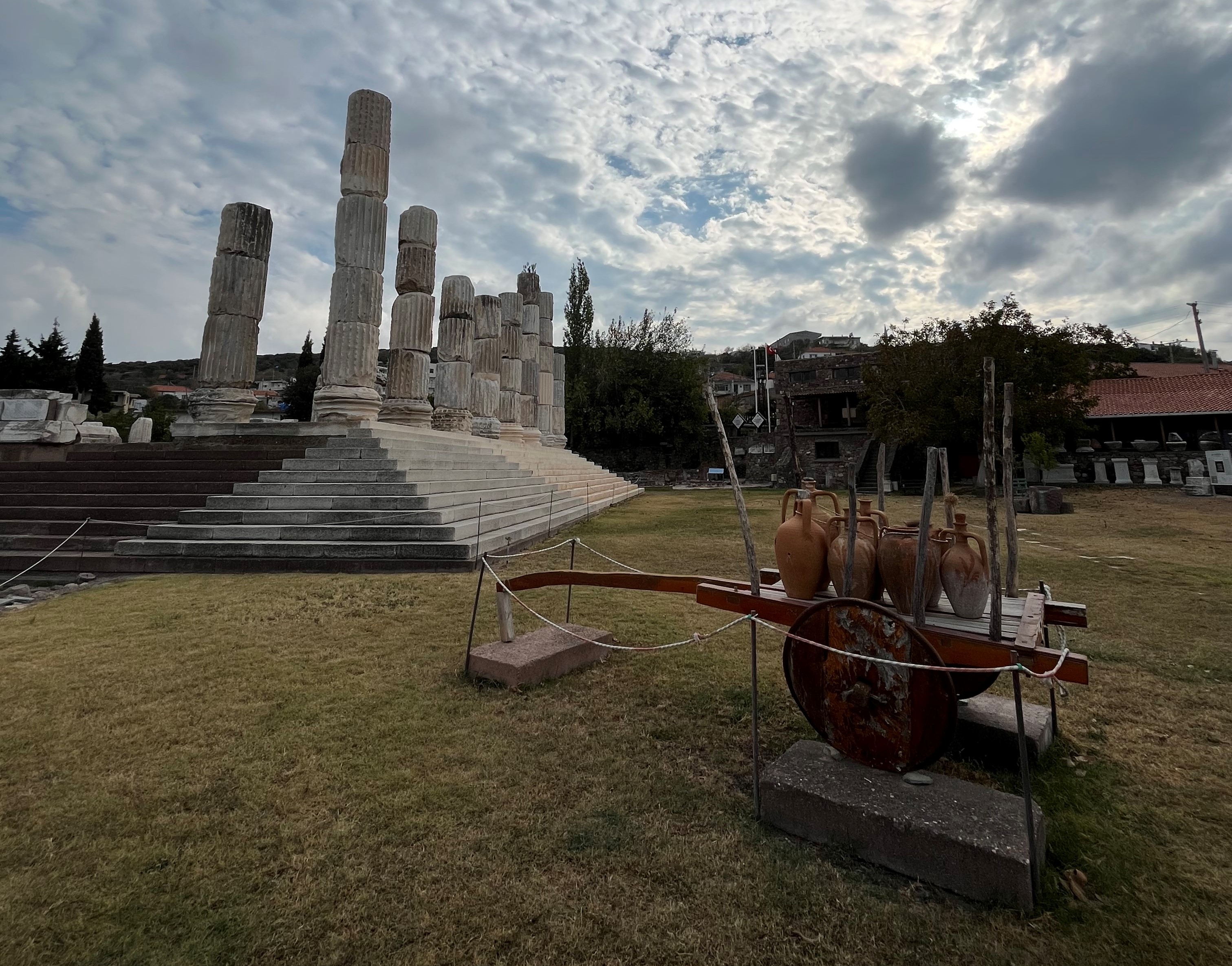
THE SANCTUARY BUILT OVER BY OLIVE PROCESSING WORKSHOPS
Between 1945 and 1965, several olive oil pressing workshops were established over and around the temple site.
The construction of these workshops and the acidic wastewater generated during olive oil production caused significant damage to the foundations of the temple.
In 1980, Ankara University launched archaeological excavations in the area. These ongoing excavations have unearthed not only Hellenistic-era artifacts but also significant remains from the Roman period. Among the structures discovered are a large and a small bathhouse, a sacred spring, water cisterns, a sports area, and numerous inscriptions.
One of the most remarkable findings is a 32-kilometer-long sacred road connecting the Sanctuary of Apollo Smintheus to the ancient city of Alexandria Troas.
THE SANCTUARY DURING THE ROMAN PERIOD
The large bathhouse uncovered at the site was found to have been used for purification rituals by those coming to the sanctuary to worship during the Roman period. The bathhouse was heated by hot water running through terracotta channels embedded in the floors and walls.
Near the bathhouse, archaeologists discovered an area designated for athletic games, along with 24 inscribed statue bases. These bases once supported bronze statues of victorious athletes.
Although the statues themselves have not survived — having likely been repurposed for other uses over time — the inscriptions on the bases remain. They commemorate the athletes’ names, their achievements, their trainers, their families, and occasionally those who honored them, including prominent priests and oracles of the period.
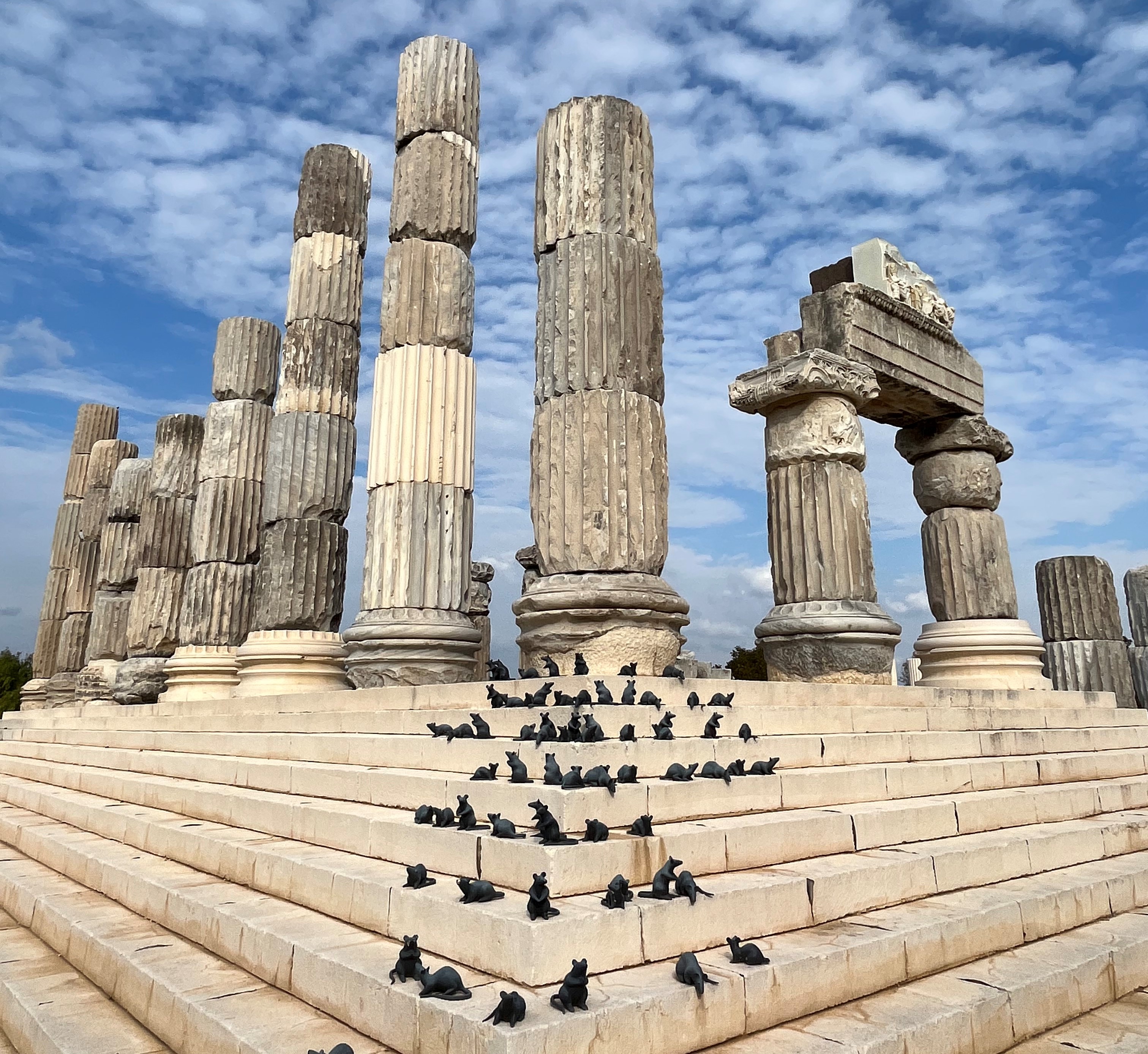
THE ARCHITECTURAL SIGNIFICANCE OF THE TEMPLE
The temple unearthed at the Sanctuary of Apollo Smintheus is believed to have been built around 150 BCE, approximately 1,000 years after the Trojan War.
Studies have revealed that the temple was designed like a "water world," with numerous water channels and fountains surrounding it.
The architectural features of the temple are particularly striking. Since the lower section was constantly exposed to water, it was constructed with tuff stone. On top of that, basalt blocks were placed to enhance earthquake resistance, and finally, marble from Marmara Island was used for the uppermost parts to add aesthetic beauty. The temple, built in the Ionic style, was surrounded by 44 columns — 8 on each short side and 14 along the long sides. The column drums were adorned with reliefs illustrating scenes from Homer’s account of the Trojan War. Unfortunately, only three of these reliefs have survived to this day. They are currently on display in the Depot Museum located at the entrance of the site, which is open to visitors only during excavation seasons.
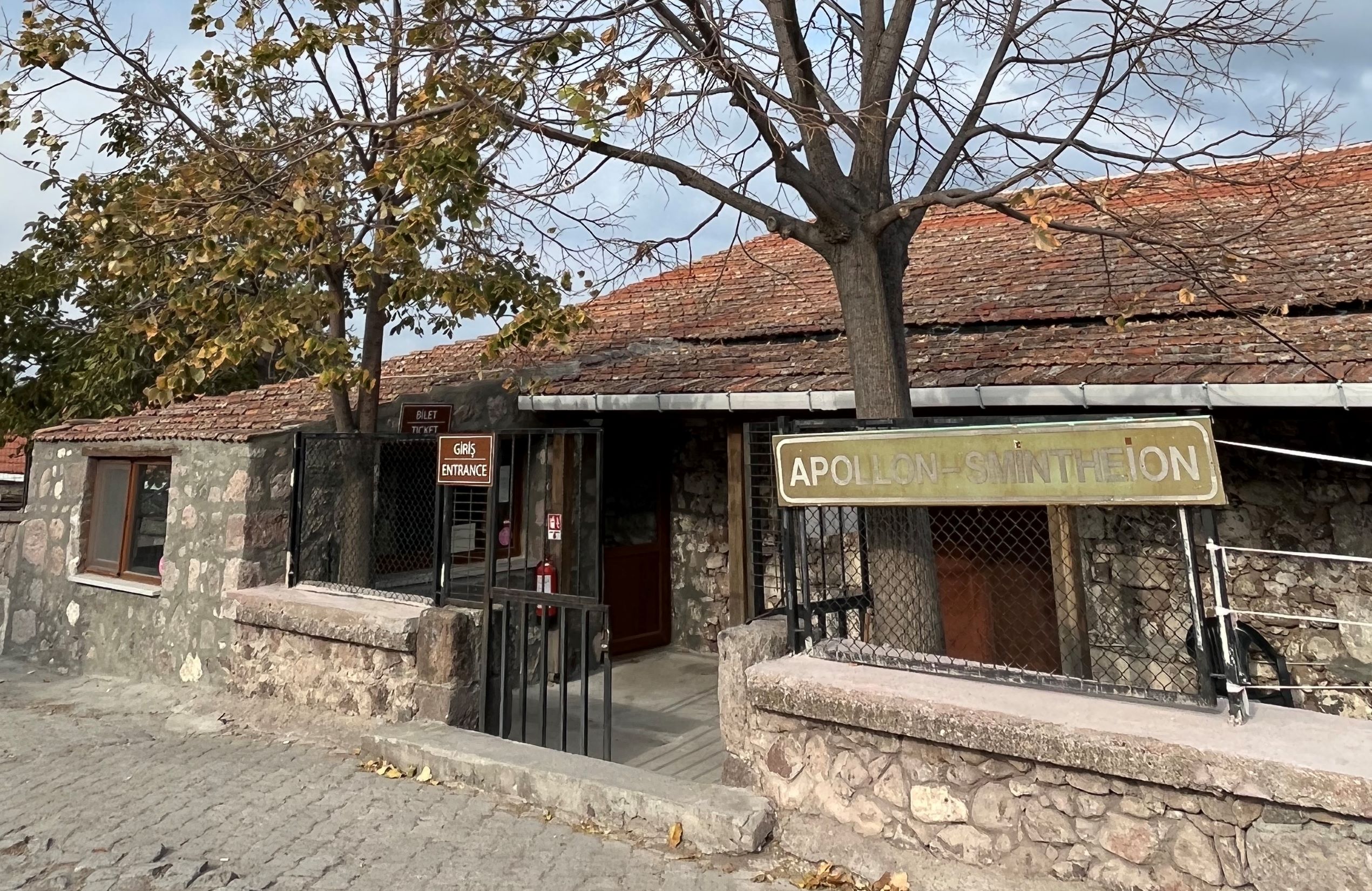
One final note: The marble sourced from Marmara Island, used in the structures at the Sanctuary of Apollo Smintheus, was later transported by ships and played a significant role in the restoration and construction of buildings in Istanbul during the Byzantine and Ottoman periods.
November 30, 2022
GEZMEKYETMEZ
